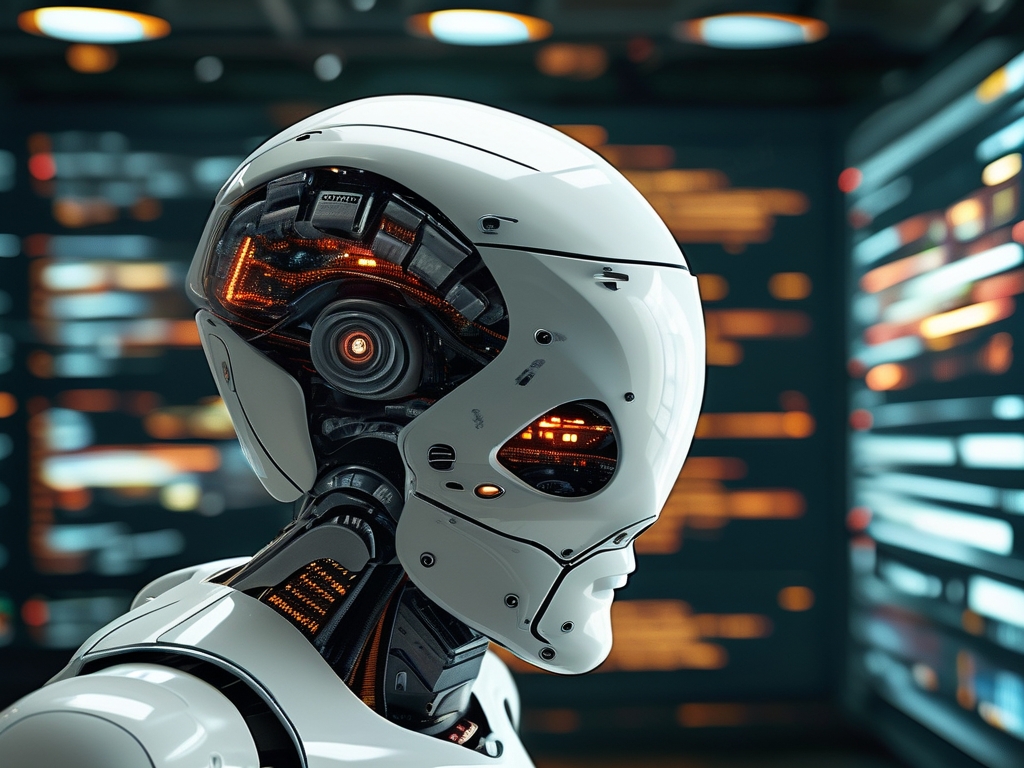The development and optimization of large-scale artificial intelligence models rely heavily on advanced algorithmic frameworks. These algorithms not only enhance training efficiency but also address challenges such as computational complexity and resource allocation. Below, we explore widely adopted methodologies in modern large model training, emphasizing their mechanisms and practical applications.

Stochastic Gradient Descent (SGD) and Variants
Stochastic Gradient Descent remains a foundational optimization technique for large model training. Unlike traditional gradient descent, SGD updates model parameters using randomly selected data subsets, reducing computational overhead. Its variants, such as Mini-batch Gradient Descent, strike a balance between accuracy and efficiency by processing small data batches. Adaptive versions like Adam and RMSProp further refine this approach by dynamically adjusting learning rates for individual parameters, enabling faster convergence in complex neural networks.
Adaptive Optimization Techniques
Adaptive algorithms like Adam (Adaptive Moment Estimation) have become industry standards due to their ability to combine momentum-based updates with per-parameter learning rate scaling. AdamW, an extension of Adam, introduces weight decay regularization to prevent overfitting—a critical feature for models with billions of parameters. Another notable algorithm, LAMB (Layer-wise Adaptive Moments for Batch training), optimizes large-batch training by normalizing updates layer-wise, enabling stable learning even with massive parallelized workloads. These methods are particularly effective in transformer-based architectures like GPT and BERT.
Distributed Training Algorithms
As models grow in size, distributed training frameworks become essential. Algorithms such as data parallelism and model parallelism divide workloads across multiple GPUs or TPUs. Techniques like pipeline parallelism (used in Google’s PaLM) split model layers across devices, while hybrid approaches combine multiple strategies. The Zero Redundancy Optimizer (ZeRO) by Microsoft minimizes memory redundancy by partitioning optimizer states across nodes, enabling efficient training of trillion-parameter models.
Regularization and Sparsity Methods
To combat overfitting in large models, algorithms like dropout and weight normalization remain prevalent. Emerging approaches like Switch Transformers leverage sparse expert networks, activating only subsets of parameters during inference. This reduces computational costs without sacrificing performance. Additionally, quantization-aware training integrates low-precision arithmetic into the training process, preparing models for efficient deployment.
Evolving Frontiers: Hybrid and Meta-Learning
Recent advancements explore hybrid algorithms combining reinforcement learning with supervised training. Meta-learning frameworks like MAML (Model-Agnostic Meta-Learning) enable models to adapt quickly to new tasks with minimal data—a valuable feature for multimodal systems. Researchers are also investigating energy-efficient algorithms inspired by neuromorphic computing, aiming to reduce the carbon footprint of large-scale AI training.
In , the selection of training algorithms depends on model architecture, dataset characteristics, and hardware constraints. While no single approach fits all scenarios, the continuous innovation in optimization strategies ensures that large models can be trained more efficiently and sustainably. Future developments will likely focus on automating algorithm selection through AI-driven hyperparameter tuning and integrating physics-inspired methods for improved generalization.







